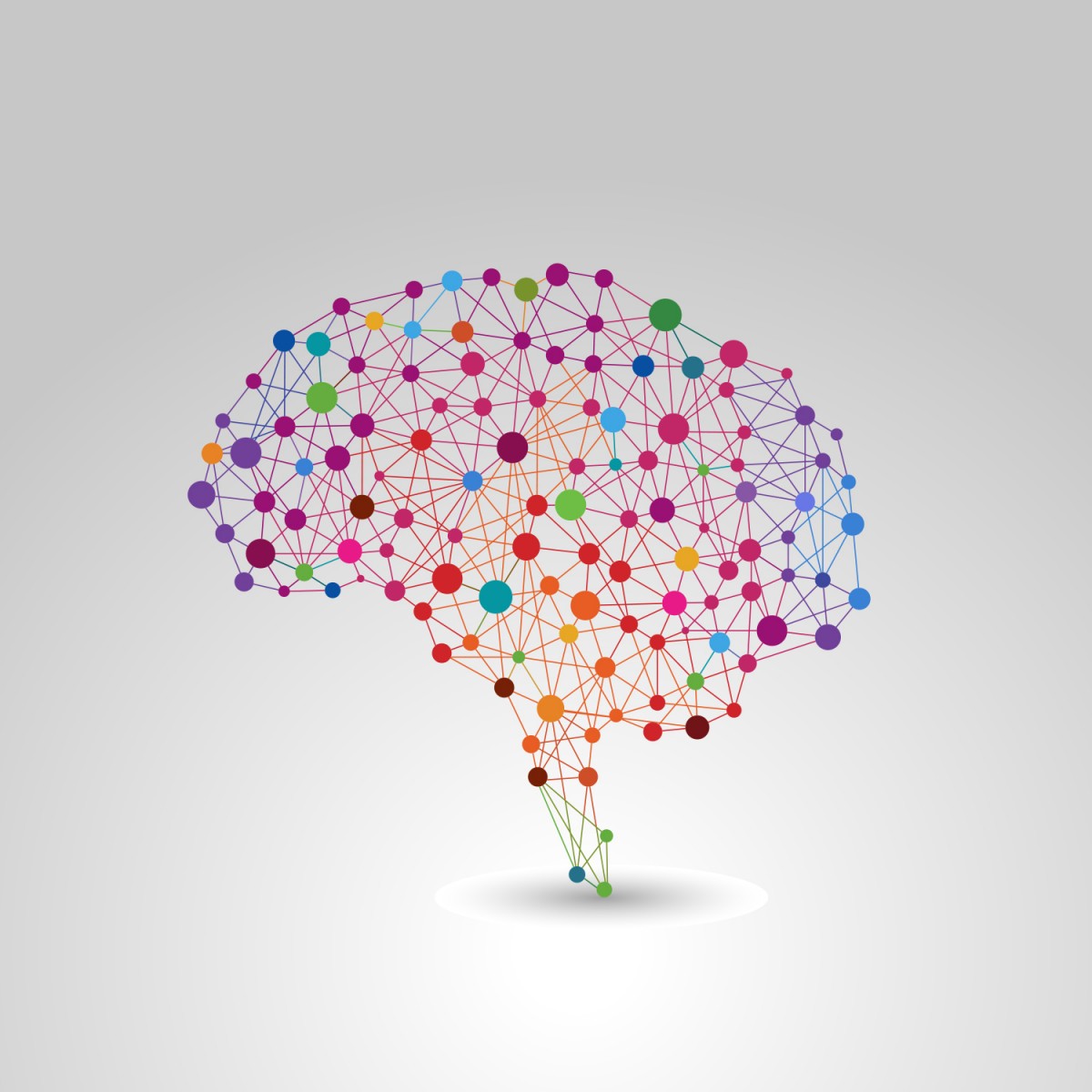Researchers of Alzheimer’s, Other Neurological Diseases Say ‘Mini-Brains’ May Be Effective in Testing New Drugs

Researchers at the Johns Hopkins Bloomberg School of Public Health have developed “mini-brains” that may present a more accurate and effective way of testing new drugs for many neurological disorders, such as Alzheimer’s disease. These human cell-derived structures, which represent an existing new alternative to animal testing, were recently discussed in a presentation at the American Association for the Advancement of Science conference in Washington, D.C.
“Ninety-five percent of drugs that look promising when tested in animal models fail once they are tested in humans at great expense of time and money,” study leader Thomas Hartung, MD, the Doerenkamp-Zbinden professor and chair for Evidence-based Toxicology at the Bloomberg School, said in a press release. “While rodent models have been useful, we are not 150-pound rats. And even though we are not balls of cells either, you can often get much better information from these balls of cells than from rodents. We believe that the future of brain research will include less reliance on animals, more reliance on human, cell-based models.”
The “mini-brains” were created using induced pluripotent stem cells (iPSCs) — adult cells that have been reprogrammed to a stem cell-like state and are stimulated to grow into brain cells. These cells grow and form three-dimensional, very small brain-like structures, which can grow very easily in petri dishes in the lab. After being cultivated for two months, these mini-brains can develop four types of neurons and two types of support cells, astrocytes,and the myelin-producing oligodendrocytes.
In addition, researchers were able to observe the development of myelin and its “covering” of axons. The mini-brains also showed other physiological properties, such as electroencephalogram-recorded spontaneous electrophysiological activity. Despite not being the first brain model, researchers believe this is the most standardized one, with great uniformity between the cells, an important feature for accurate drug testing.
Hartung and colleagues are now applying for a patent for the mini-brains and are also working on Organome, a commercial entity that will allow the production of these models in several different labs. This model is very reproducible and incredibly flexible, as cells from individuals with different genetic profiles or certain diseases can be used to generate specific brains to further study Alzheimer’s disease, Parkinson’s disease, and multiple sclerosis, among others. Projects have been initiated to study viral infections, trauma and stroke.






